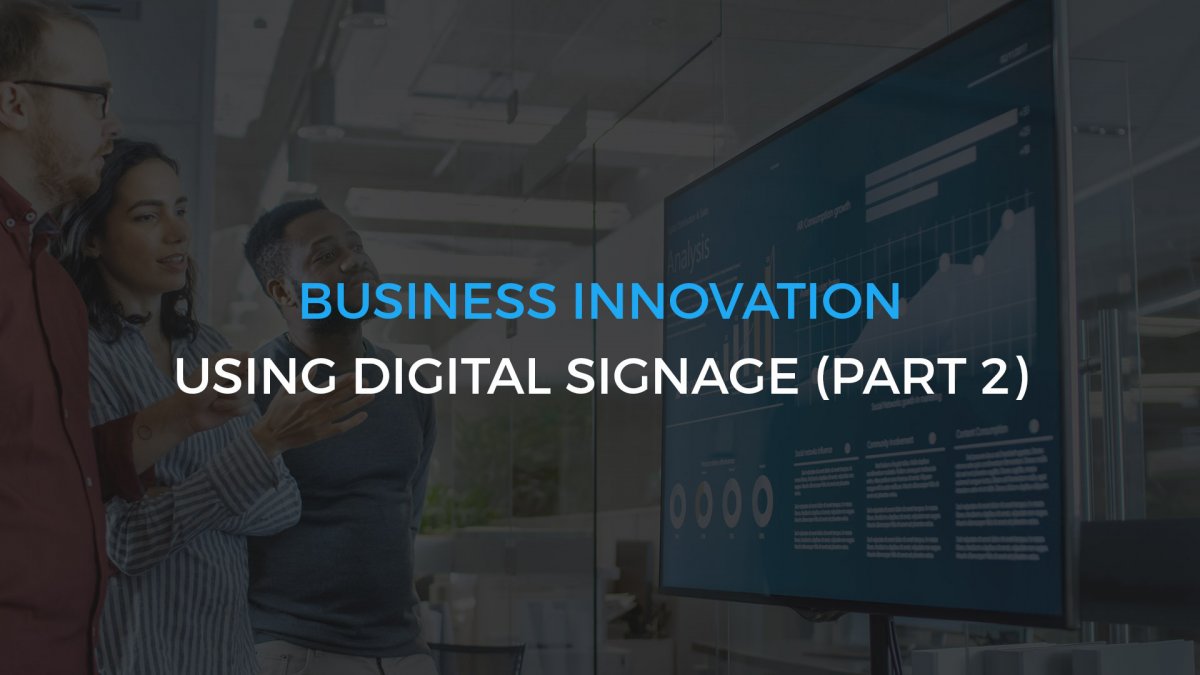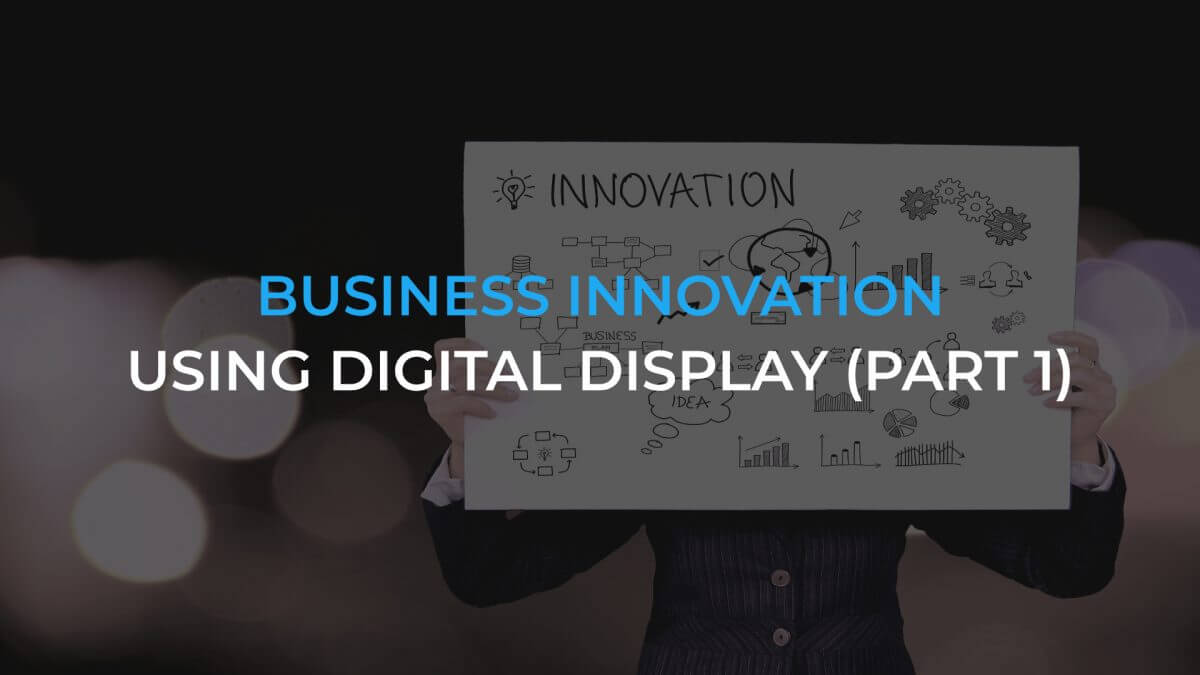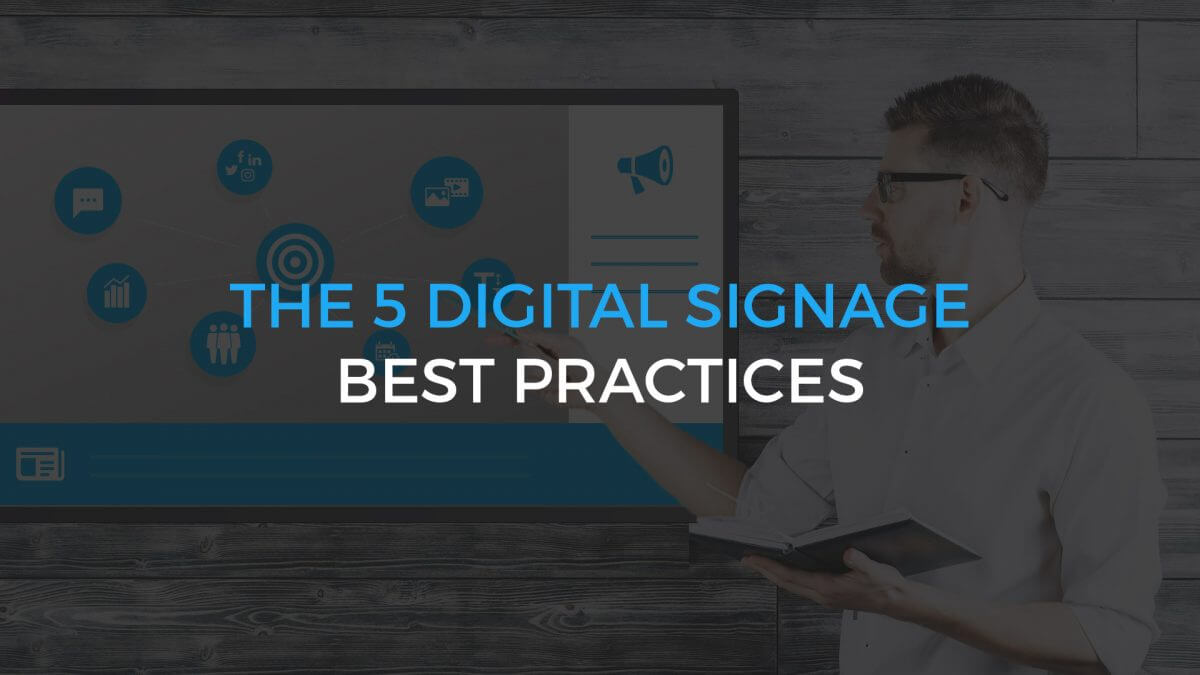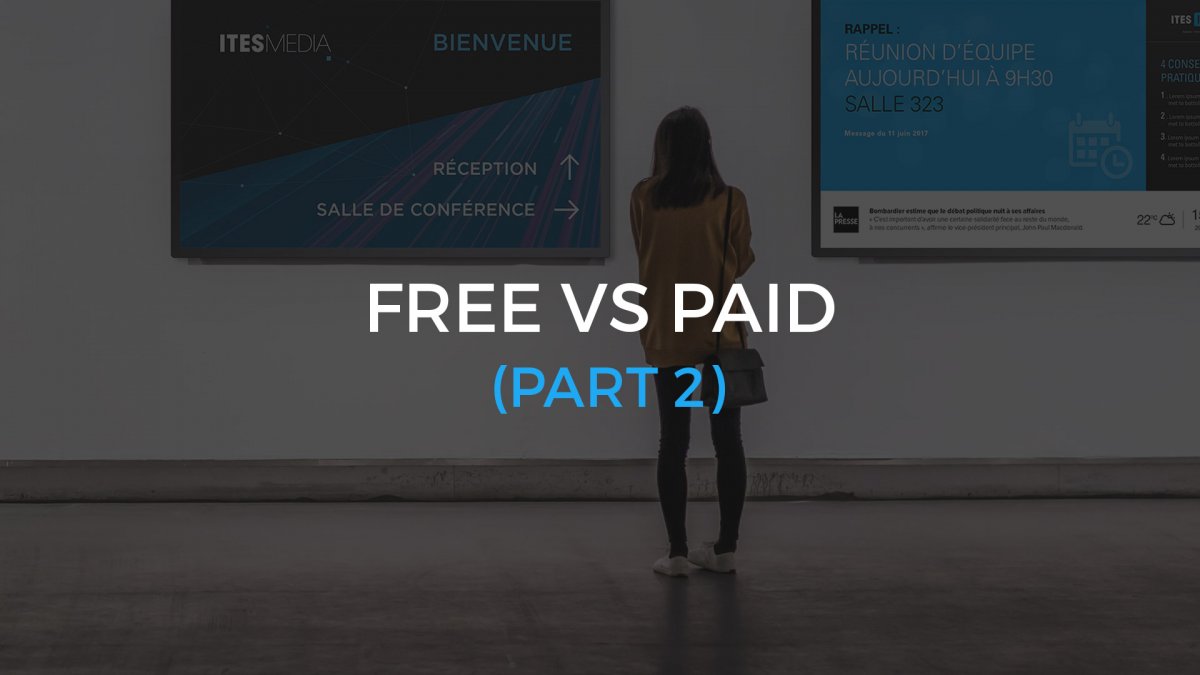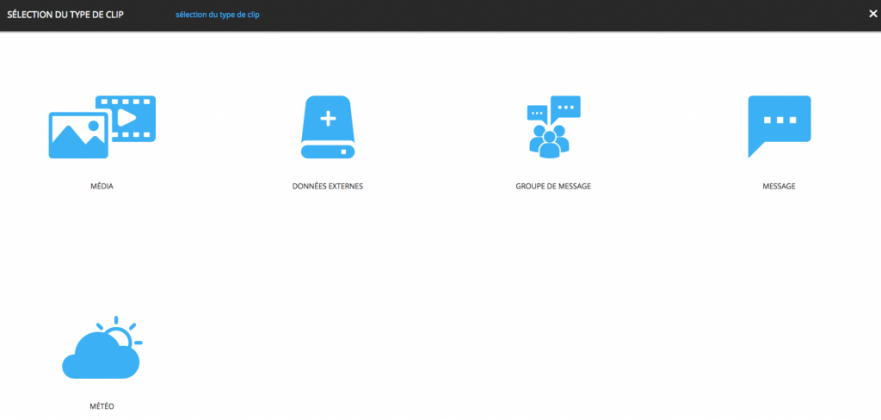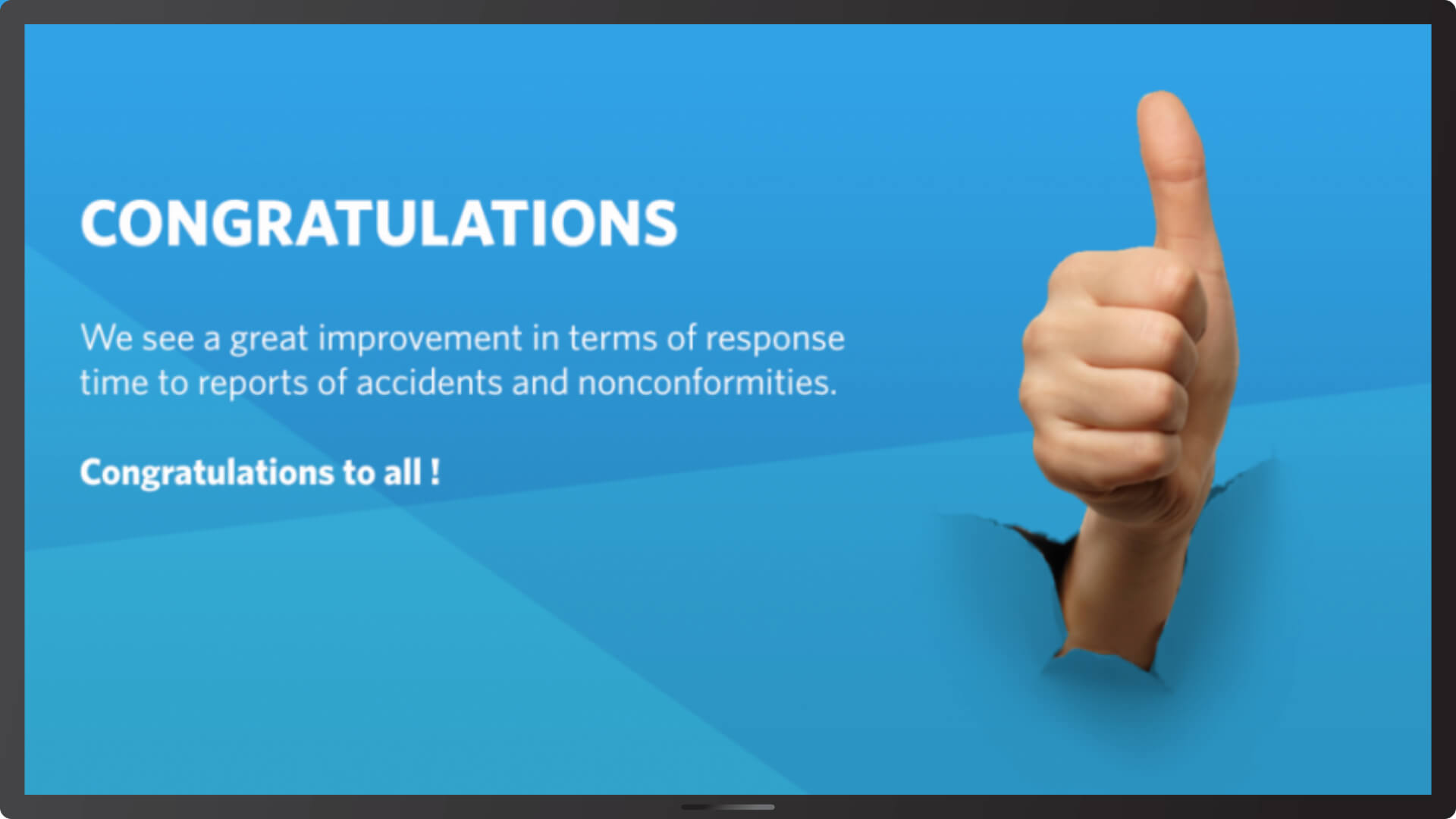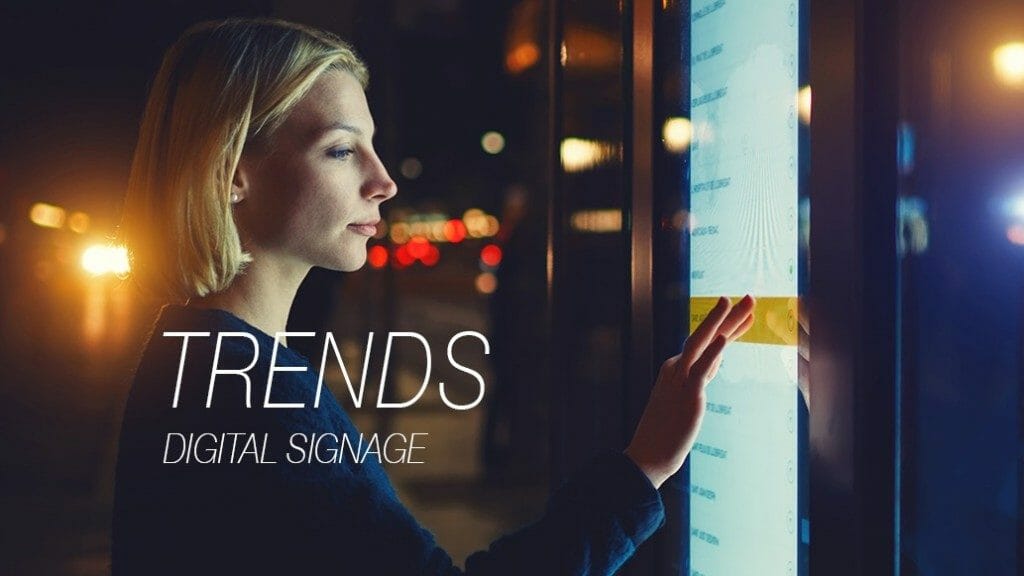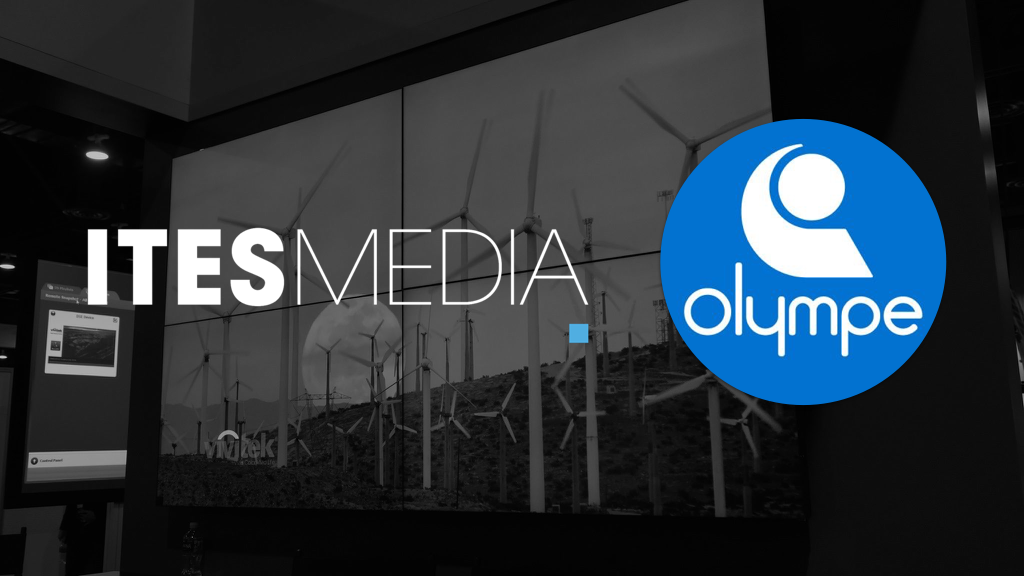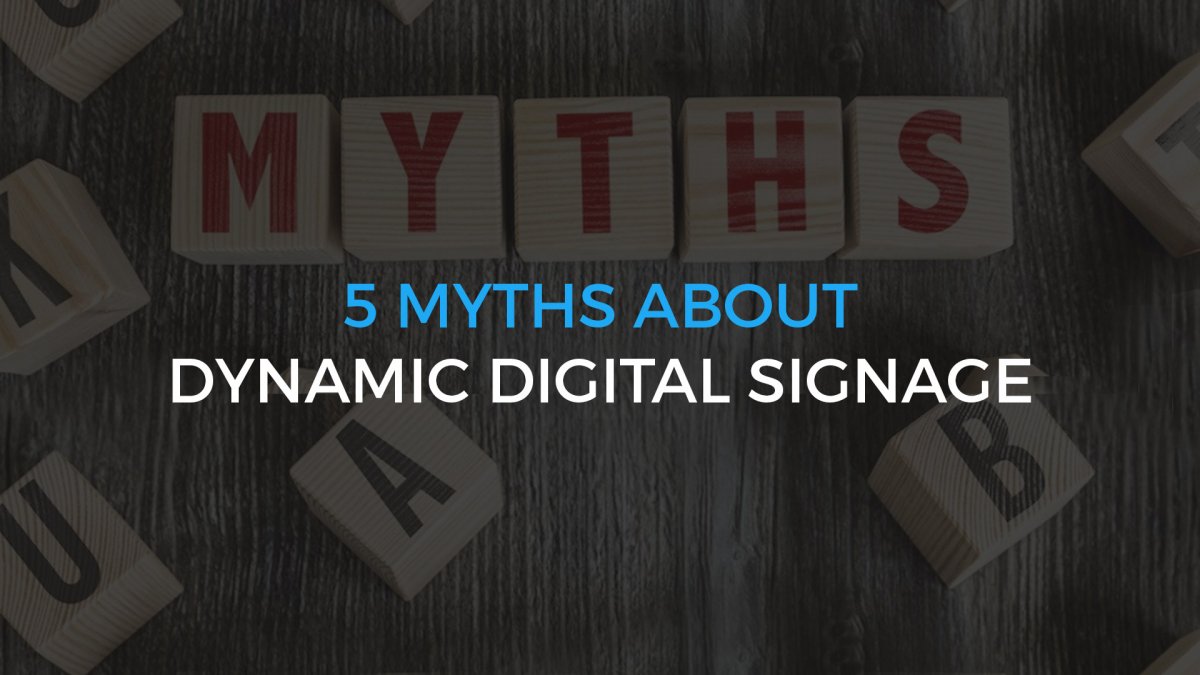Now that you know some different ways to improve your company’s internal communications (see part 1 of the article), let’s focus on ways to improve communications with your customers. This article offers you 3 different ways to do it, using digital display.
Communicating Performance Indicators
Communicating your performance indicators is important for both your employees and your customers, but for different reasons. As we saw in the article about the importance of communicating your performance indicators to your employees, you can also keep your customers informed about important data. The goal is to expose customers to statistics that could apply in their respective companies.
We took the example of shipment numbers, but you could also display a table of quality control data or keep track of a project’s development. You can also disclose your statistics about the number of workplace accidents to your clients. Show that your facilities are safe and that you care about the safety of your employees.
Providing Educational Content

In your waiting area, use your screens to promote your business. Use this space to tell the story of the company, expose its values, present its builders, etc. Also offer games with choice of answer on your screens in order to make your clients’ wait more enjoyable. They will learn more about your company and will recognize themselves in some of the answers.
Video capsules can also be used to broadcast news or information. If your company participates in charitable activities, sponsors an event or unveils its new infrastructure, for example, you need to let everybody know! Your customers want to see your achievements. They want to see that your company is involved in its environment.
Introduce Your Employees to the Customers
Your clients always like to know who is dealing with their file, who works for them. On your screens, you can talk about some employees. Explain what they actually do in your company, what projects they are working on, their actions and their implication. A video capsule of these employees can also be displayed so that they tell their own story.
Try to introduce each of your employees and alternate the broadcast. You will have diversified content that your customer base is not likely to see twice. This method helps to humanize the work that is done and to highlight the work of your employees. It is a winning combination for both your clients and your employees as it shows your appreciation for the work done.
With these two articles on the different methods to innovate in your communications (internal and with your customers), you can see that the methods are similar for both types. However, even if the form is similar, the content must be different. The most important is to tailor your message to the target audience; customers or employees. Data and information is not seen the same way by everyone. The goal is to capture everyone’s attention and produce quality content that they will remember.
